 It is a crisp, cold, winter night in Germany and you are strolling through a cozy Christmas market with family and friends. As you walk, all your senses are going crazy. Christmas carols can be heard in the background as you walk by beautifully decorated open-air stalls teasing you with the sights and aromas of chocolate, sausage, and other mouth-watering food.
It is a crisp, cold, winter night in Germany and you are strolling through a cozy Christmas market with family and friends. As you walk, all your senses are going crazy. Christmas carols can be heard in the background as you walk by beautifully decorated open-air stalls teasing you with the sights and aromas of chocolate, sausage, and other mouth-watering food.
THIS is Christmas time in Germany.
If you know me at all, you probably know that winter and cold weather are not my favorite. With that being said, I was hoping there would at least be a little bit of snow around Christmas. Well, we are now going into the second week of February and it has yet to snow where I am in eastern Germany. I guess I can't complain too much because the "winter" here has been much milder than what I was used to in Michigan.
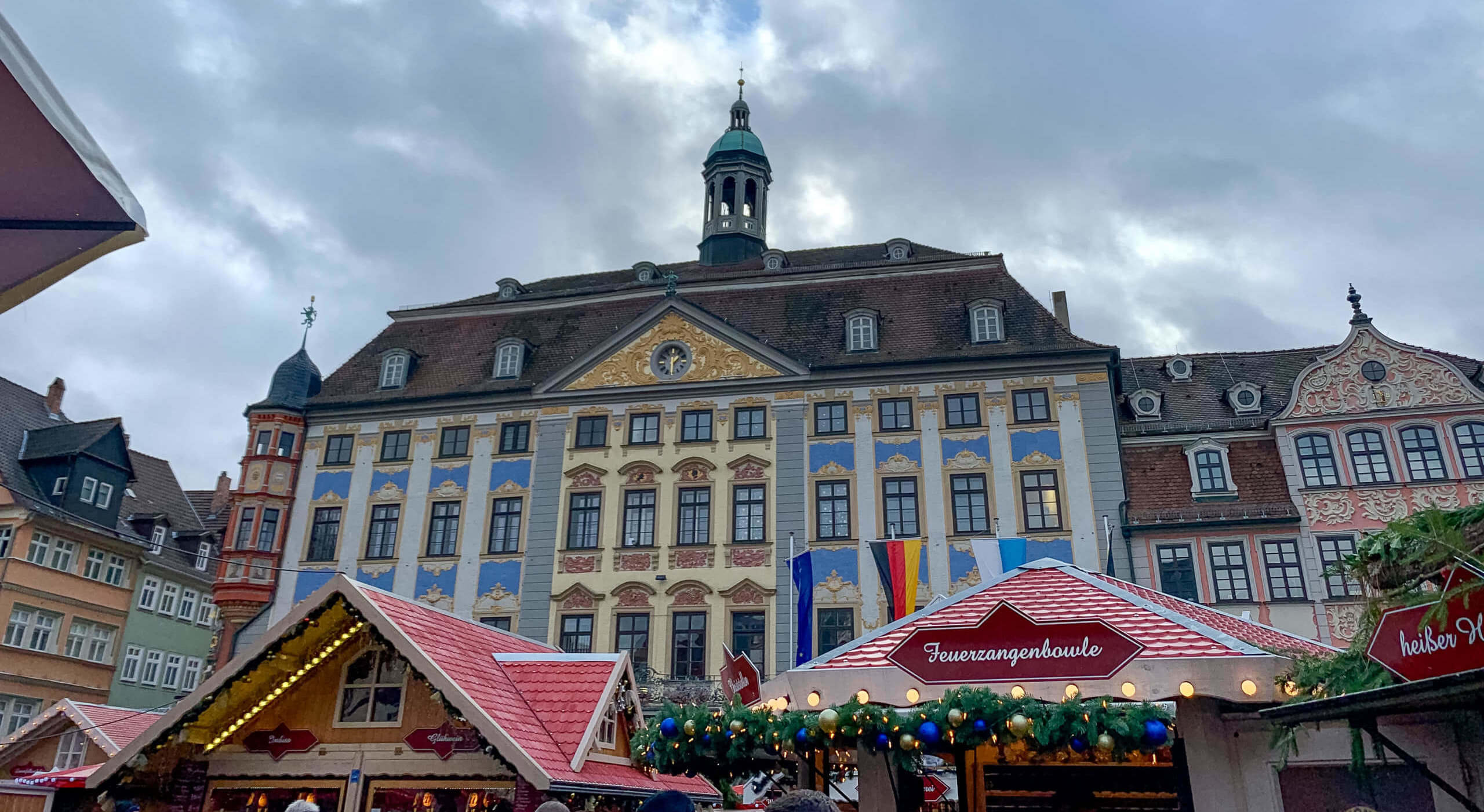
If you ask Americans or foreigners what comes to mind when they think of Germany, typical responses are: Oktoberfest (beer), pretzels, lederhosen, Bavaria, Hitler, football (soccer), and...Christmas markets. While many countries now have their own versions of Christmas markets, they were first invented in Germany (the forerunner of Christmas markets was Vienna's "December Market") and are very popular and significant to this day. While small villages may only have one Christmas market, larger cities like Berlin can have over 50 markets!
Christmas markets are filled with stalls selling various food, drinks, and seasonal items. While offerings may differ slightly depending on the market or area of Germany, in general they all offer the traditional Christmas market items. Typical foods and drinks are: Glühwein (mulled wine), Eierpunsch (similar to egg nog), hot chocolate, Currywurst (sausage), Knoblauchbrot (garlic bread), pretzels, Flammkuchen (German take on pizza), Stollen (German fruit bread), Lebkuchen (gingerbread), Schmalzkuchen (like mini doughnuts with powdered-sugar), Fruchtspieße (Fruit Skewers), Paradiesäpfel (Candied apples), and of course chocolate. Seasonal items range from ornaments and nutcrackers to kids' toys and candles.
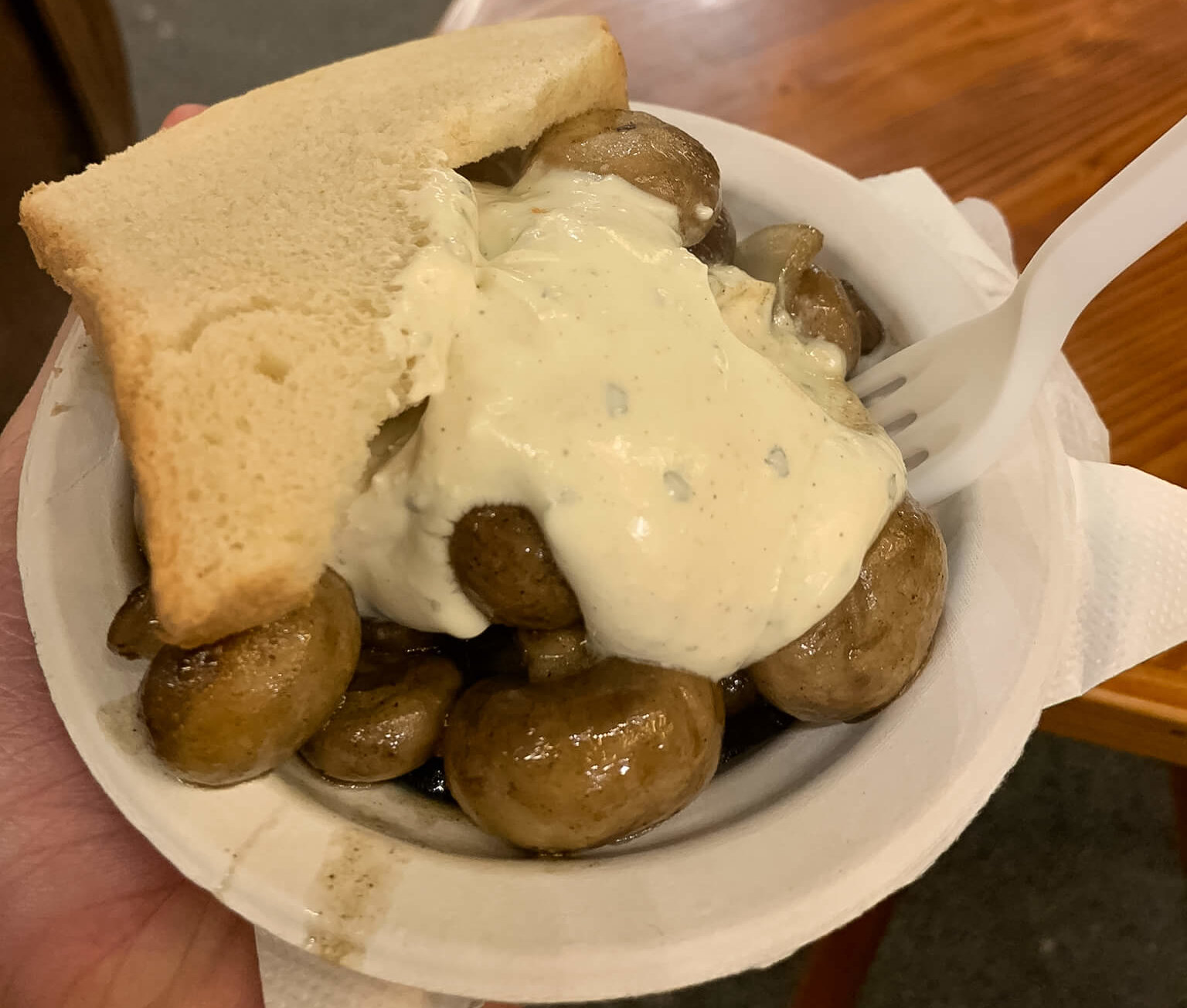
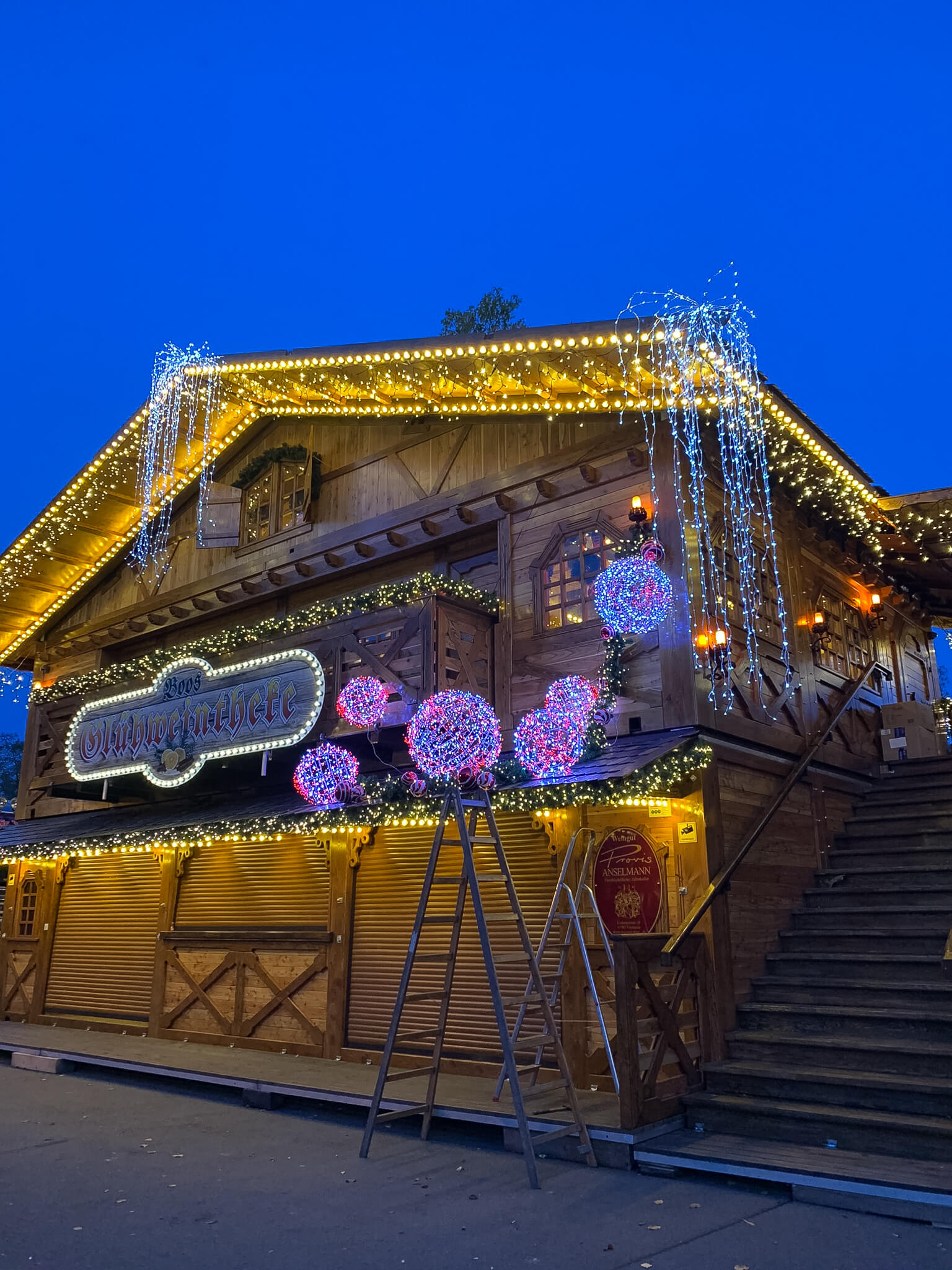

My list of Christmas markets to visit this year was long and, in the end, I was only able to make it to three, but there is always next year. This year I was able to make it to the markets in Magdeburg, Dresden, and Coburg. Magdeburg is where I live, and the Christmas market is nice. In addition to the Christmas market, this year the city added "Lichterwelt Magdeburg" (Magdeburg World of Lights). It consists of over 1 million LED lights and over 60 sculptures that represent the city and its legacy. Here is a short video from Lichterwelt Magdeburg.
Dresden has the largest number of Christmas markets in eastern Germany and its most famous market is the Striezelmarkt. The Striezelmarkt dates back to the 1400's and Striezel refers to Stollen which has been important to the area for many years. Dresden's other markets such as Neumarkt and Frauenkirche are also worth checking out.
Coburg, located in northern Bavaria, is a small town on the Itz river. While the town may be smaller, it still has a beautiful Christmas market. It was nice to see and enjoy a smaller Christmas market while spending some time in Bavaria.

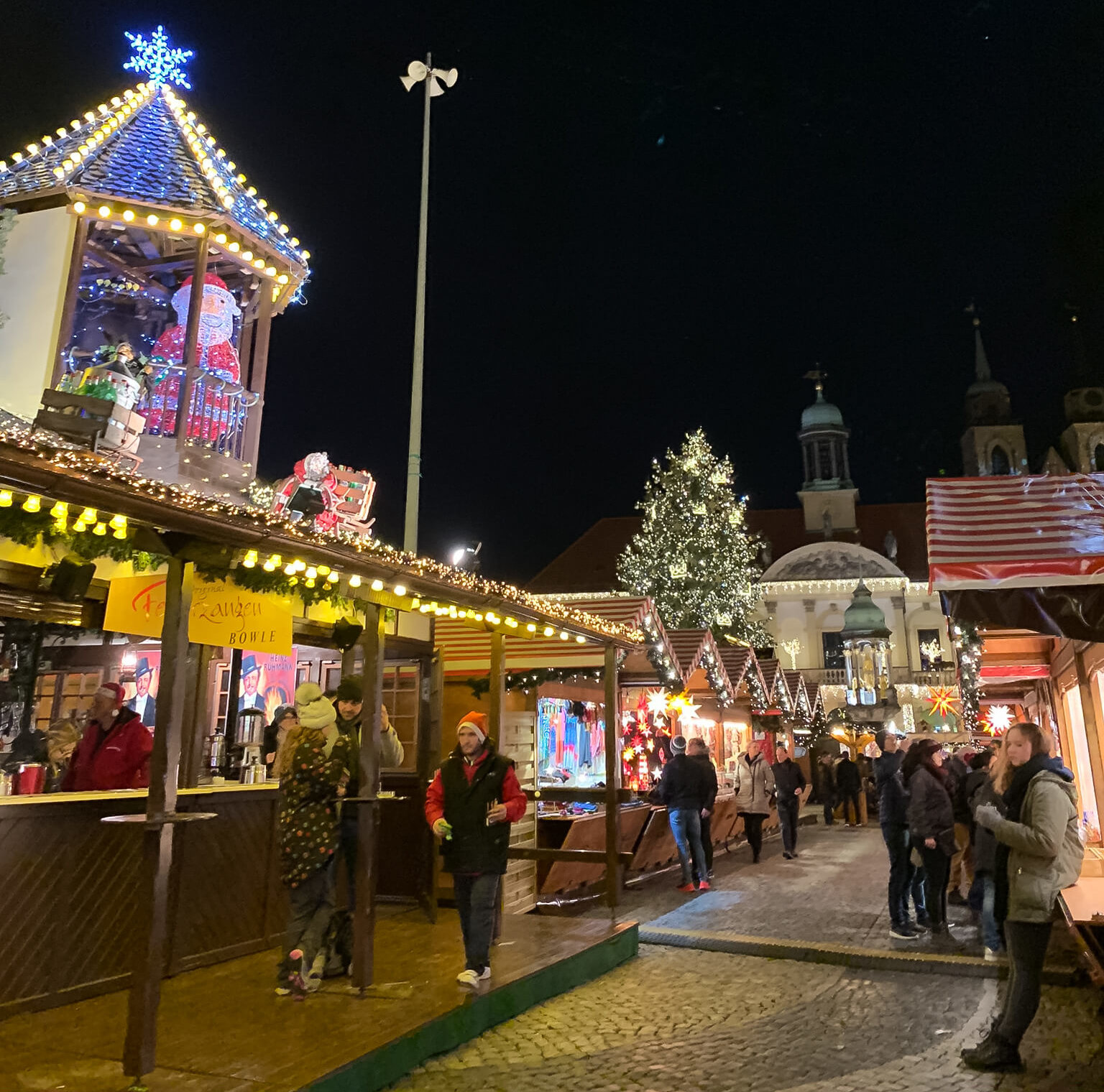
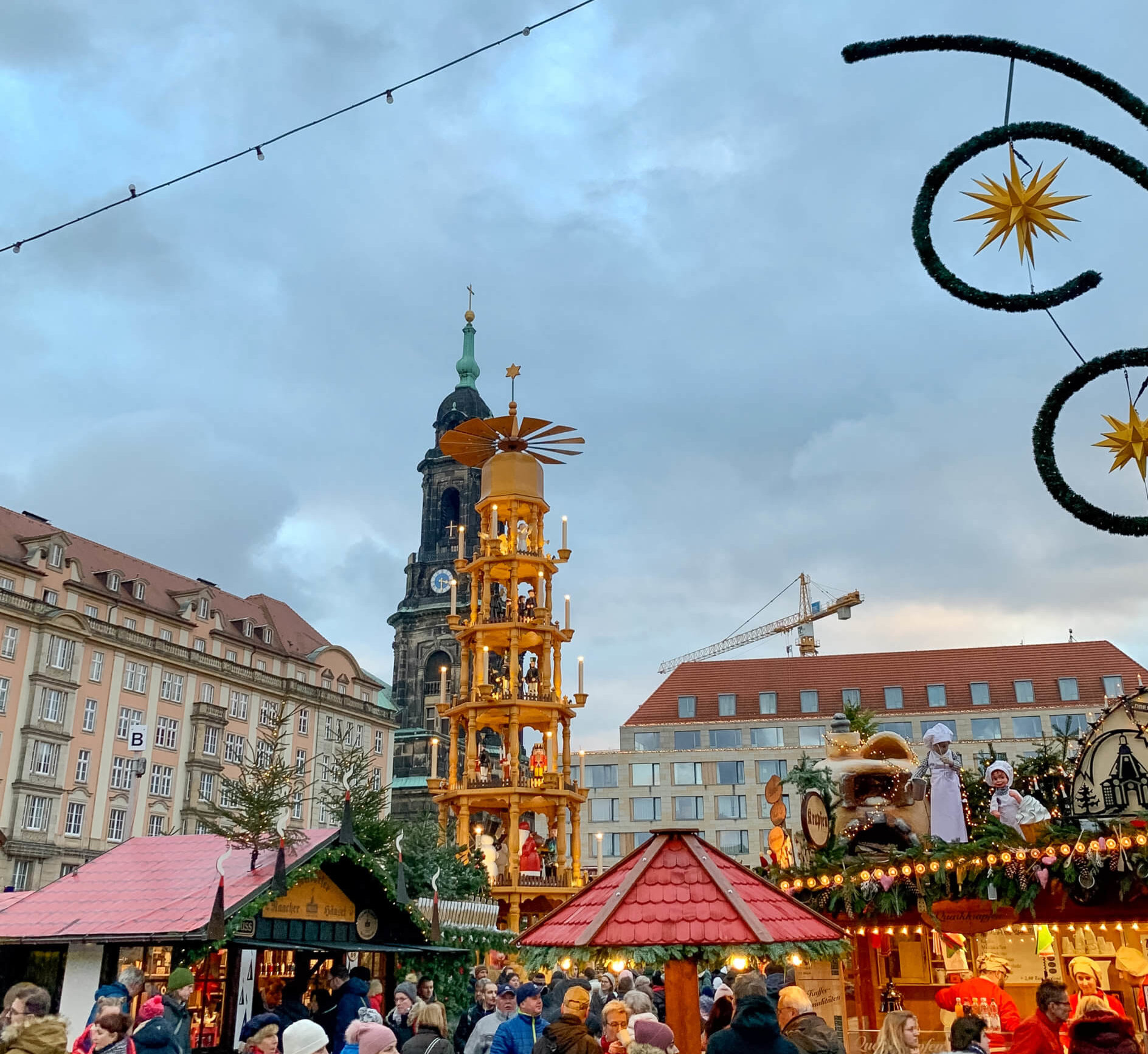
If you are ever in Germany around Christmas time (late November through December), make sure to visit at least one Christmas market.

